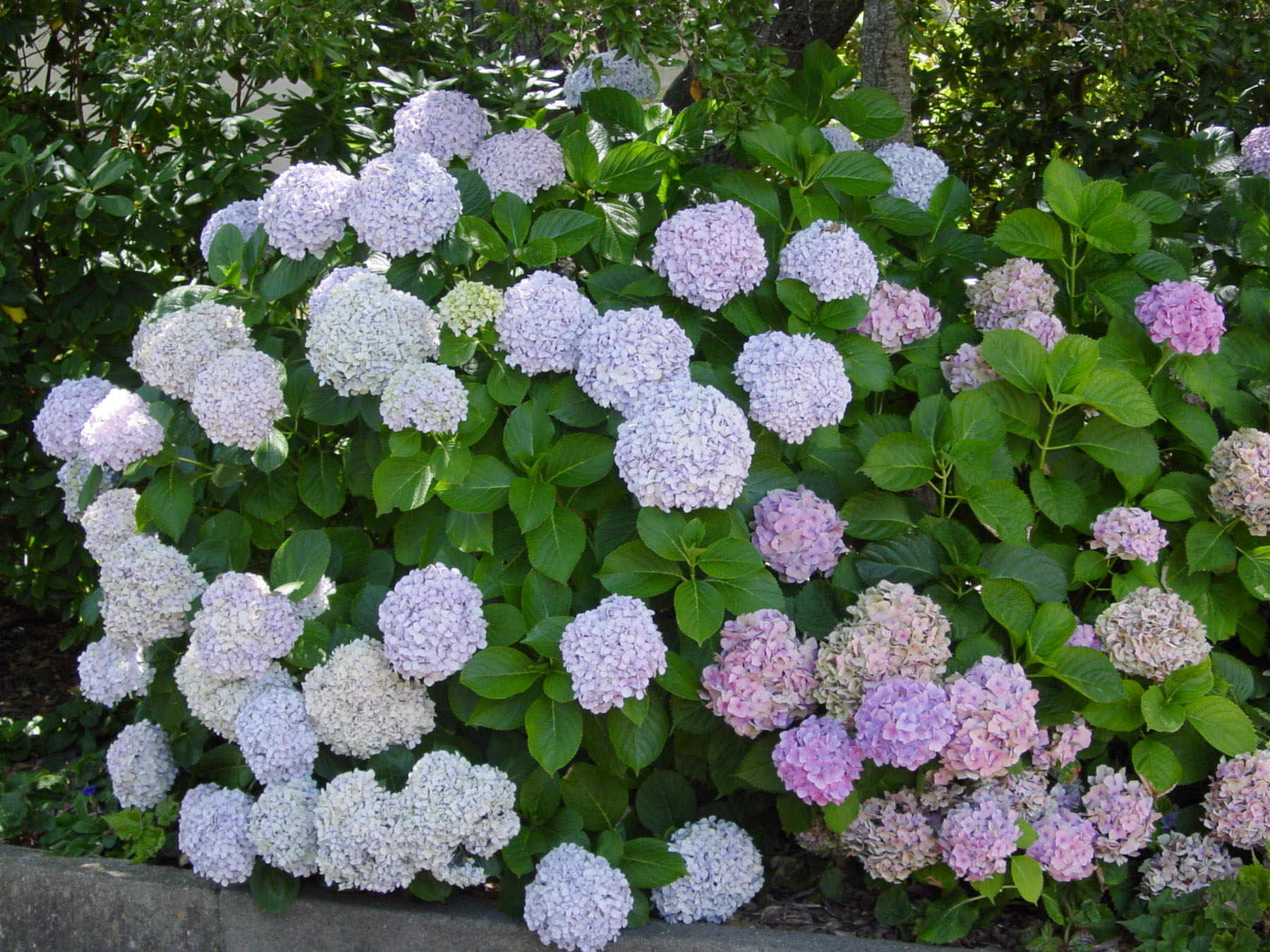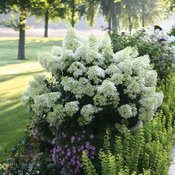The Hydrangea Teller: How To Grow These Gorgeous Blooms
The Hydrangea Teller: How to Grow These Gorgeous Blooms
Hydrangeas are some of the most popular flowering shrubs in the world. With their large, showy blooms that come in a variety of colors, hydrangeas can add a touch of elegance and beauty to any garden. But how do you grow hydrangeas?
In this blog post, we will provide you with everything you need to know about growing hydrangeas, from choosing the right variety to planting and caring for your plants. By following these tips, you can enjoy beautiful hydrangea blooms for years to come.
Choosing the Right Variety of Hydrangea
There are many different varieties of hydrangeas available, so it is important to choose one that is suited to your climate and growing conditions. If you live in a warm climate, you will want to choose a variety that is tolerant of heat and humidity. If you live in a cold climate, you will want to choose a variety that is hardy to your zone.
Some of the most popular varieties of hydrangeas include:
- Bigleaf hydrangeas (Hydrangea macrophylla): These hydrangeas are known for their large, showy blooms that can come in a variety of colors, including blue, pink, and white. Bigleaf hydrangeas are relatively easy to care for and can grow in a variety of conditions.

- Smooth hydrangeas (Hydrangea arborescens): These hydrangeas are smaller than bigleaf hydrangeas, but they are just as beautiful. Smooth hydrangeas have white or pink blooms that bloom in the summer. They are hardy to USDA zones 3-9.

- Panicle hydrangeas (Hydrangea paniculata): These hydrangeas have large, cone-shaped blooms that bloom in the summer. Panicle hydrangeas are hardy to USDA zones 3-9 and can grow in full sun or partial shade.

- Oakleaf hydrangeas (Hydrangea quercifolia): These hydrangeas have large, oak-shaped leaves and blue or pink blooms that bloom in the summer. Oakleaf hydrangeas are hardy to USDA zones 4-9 and prefer partial shade.

Planting Hydrangeas
Once you have chosen the right variety of hydrangea, you are ready to plant it. Hydrangeas should be planted in the spring or fall. Choose a site that receives partial shade to full sun. The soil should be well-drained and rich in organic matter.
Dig a hole that is twice as wide and as deep as the root ball of the hydrangea. Add some compost or well-rotted manure to the bottom of the hole. Place the hydrangea in the hole so that the top of the root ball is level with the ground. Backfill the hole with soil and water well.
Caring for Hydrangeas
Hydrangeas need regular watering, especially during the first year after planting. Water your hydrangeas deeply once or twice a week, or more often if the weather is hot and dry.
Hydrangeas also benefit from regular feeding. You can fertilize your hydrangeas once a month during the growing season with a balanced fertilizer.
In the fall, after your hydrangeas have finished blooming, you can prune them back to shape. Be sure to remove any dead, diseased, or damaged branches.
With proper care, hydrangeas can live for many years and provide you with beautiful blooms year after year.
Conclusion
Hydrangeas are a beautiful and versatile flowering shrub that can add a touch of elegance to any garden. By following these tips, you can enjoy beautiful hydrangea blooms for years to come.
Hydrangea teller is a beautiful and versatile shrub that can add a touch of elegance to any garden. With its large, lace-cap flowers that can range in color from white to pink to blue, hydrangea teller is sure to turn heads.
If you're thinking about adding hydrangea teller to your garden, I recommend visiting . This website has a wealth of information about hydrangea teller, including its care requirements, planting tips, and more. You can also find photos and videos of hydrangea teller in bloom, so you can get a better idea of how it will look in your garden.
In addition to providing information about hydrangea teller, also offers a variety of other resources for gardeners. You can find articles on a variety of gardening topics, as well as a forum where you can ask questions and get advice from other gardeners.
So whether you're a beginner gardener or a seasoned pro, I encourage you to visit for more information about hydrangea teller.
FAQ of hydrangea teller
- What is hydrangea teller?
Hydrangea teller is a type of hydrangea that is known for its large, showy blooms. It is a relatively easy plant to care for and can be grown in a variety of climates. The flowers of hydrangea teller can be blue, pink, or red, depending on the acidity of the soil.
- What are the different colors of hydrangea teller flowers?
The color of hydrangea teller flowers is determined by the acidity of the soil. In acidic soil (pH below 6.0), the flowers will be blue. In neutral soil (pH 6.0-7.0), the flowers will be pink. In alkaline soil (pH above 7.0), the flowers will be red.
- How do I get hydrangea teller flowers to be blue?
If you want your hydrangea teller flowers to be blue, you need to plant them in acidic soil. You can test the acidity of your soil using a pH testing kit. If your soil is not acidic enough, you can add peat moss or sulfur to the soil to lower the pH.
- How do I care for hydrangea teller?
Hydrangea teller is a relatively easy plant to care for. It needs full sun or partial shade and moist, well-drained soil. Water the plant regularly, especially during hot, dry weather. Fertilize the plant in the spring with a balanced fertilizer. Deadhead spent blooms to encourage new growth.
- What are some common problems with hydrangea teller?
Some common problems with hydrangea teller include:
- Leaf spot: This is a fungal disease that causes brown spots on the leaves. You can treat leaf spot with a fungicide.
- Powdery mildew: This is a fungal disease that causes a white powdery coating on the leaves. You can treat powdery mildew with a fungicide.
- Aphids: These small insects can suck the sap from the leaves, causing them to wilt and turn yellow. You can control aphids with insecticidal soap or neem oil.
- Scale insects: These small, round insects can attach themselves to the stems and leaves of the plant, causing them to yellow and drop off. You can control scale insects with insecticidal soap or neem oil.
Image of hydrangea teller
- A hydrangea teller with a white background. The hydrangea is in full bloom and the flowers are a variety of colors, including blue, pink, and white.

- A hydrangea teller with a green background. The hydrangea is in full bloom and the flowers are a deep blue color.

- A hydrangea teller with a wooden background. The hydrangea is in full bloom and the flowers are a light pink color.

- A hydrangea teller with a flower background. The hydrangea is in full bloom and the flowers are a variety of colors, including blue, pink, and white.

- A hydrangea teller with a person holding it. The person is smiling and the hydrangea is in full bloom.
Post a Comment for "The Hydrangea Teller: How To Grow These Gorgeous Blooms"